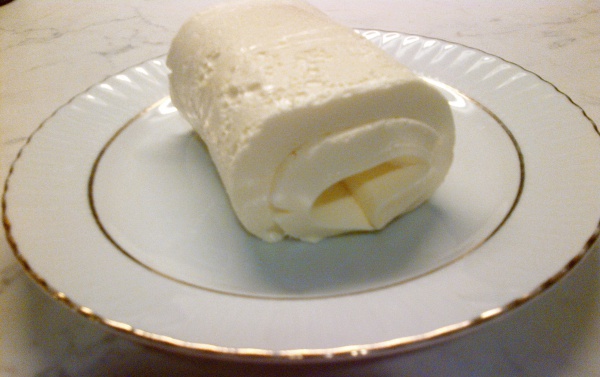Facts About Kaymak
Kaymak is a luscious, creamy dairy delicacy akin to clotted cream and is a favorite in many regions, including Central Asia, the Balkans, the Caucasus, Turkic areas, Iran, and Iraq. It's crafted from the milk of water buffalo, cows, sheep, or goats. The traditional process for making kaymak involves gently boiling the milk, simmering it for hours, skimming off the cream, and then chilling it to allow slight fermentation. The result is a rich, creamy treat with a high milk fat content of about 60%.
The term "kaymak" has roots in Central Asian Turkic languages, with slight variations in different Turkic dialects. In Turkey, kaymak is a breakfast staple often paired with Turkish desserts, fruit preserves, honey, or used as a filling in pancakes. In the Balkans, where it’s known as "kajmak" it’s typically homemade and enjoyed fresh, usually as an appetizer or for breakfast.
In Iraq, it is called "qeymer" and is served with bread, honey, or jam for breakfast. In Iran, it is referred to as "sarsheer" or "qaymaq" and is made using varied methods. Afghanistan’s version, "Qaimak" is thinner and often eaten with bread and toppings like honey or jam. In Georgia, "kaimaghi" is made from cow’s milk and enjoyed at home. Meanwhile, in Greece, "kaimaki" refers to a mastic-flavored ice cream served with traditional desserts.
Each region has its own unique way of making and savoring kaymak, showcasing the rich tapestry of culinary traditions across these cultures.

 Serbia
Serbia